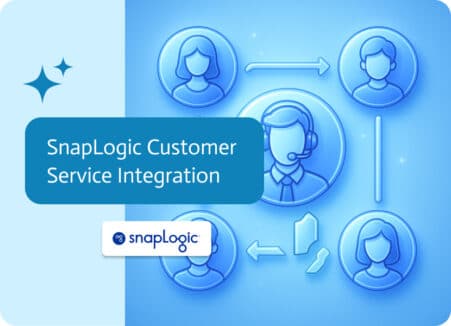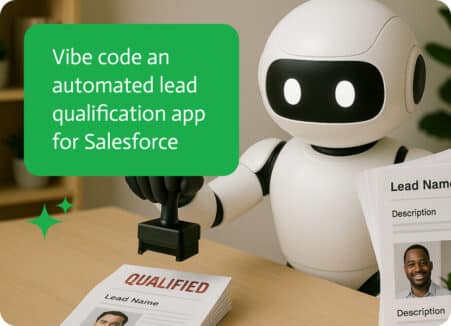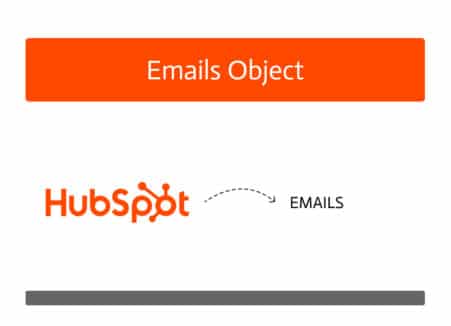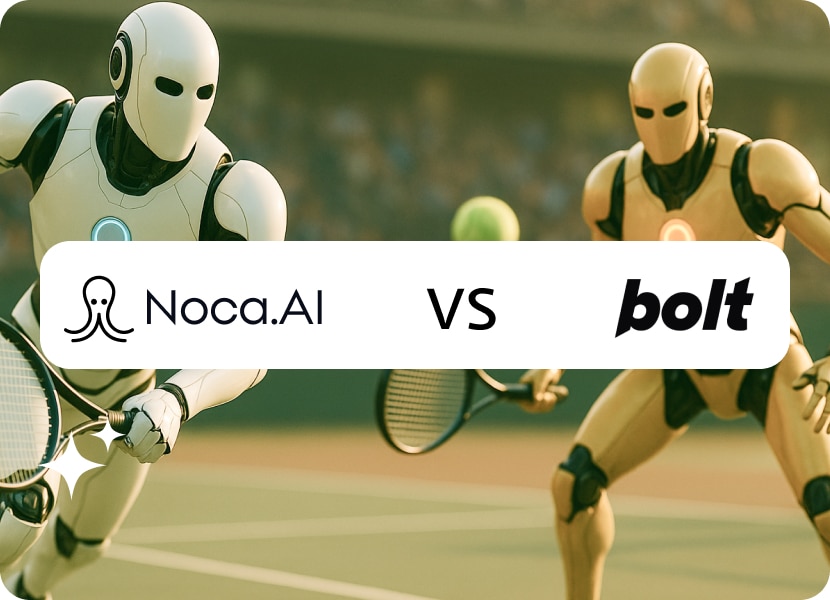
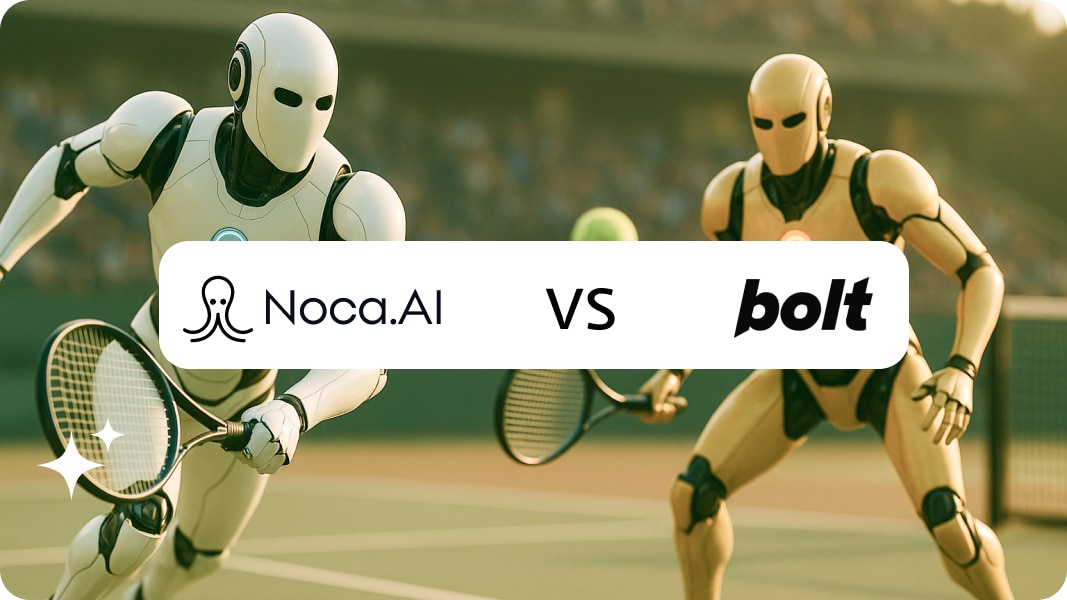
Noca vs Bolt: A Vibe Coding Comparison
Vibe coding is changing how we make software in a way that was not even dreamt of 5 years ago. It used to be like telling a computer what you want but in a language you had to learn first. Now, it’s a real way to build actual, working apps with plain English, or whatever language you think to yourself in, using AI app generation. Noca AI and Bolt are two big names doing things differently in this new area. In this blog post, we’ll do a deep comparison of Noca vs Bolt and their abilities in the vibe coding space.
What Vibe Coding Actually Means Briefly
Before comparing these platforms, let’s establish what vibe coding really is. AI researcher Andrej Karpathy coined the term in February 2025, describing a software development method where you simply tell an AI what you’re trying to build, and it generates the code for you. The revolutionary aspect? You skip reviewing or editing entirely. Instead, you test it out, give feedback like “nah, make it more like this,” and continue to iterate till everything works perfectly.
It’s almost like having a super smart intern who codes fast but needs you to explain some things. Traditional programmers might be horrified, but seriously, who wants to waste three hours hunting down a missing semicolon?
Noca vs Bolt: Noca Vibe Coding Digital Employees
Noca AI positions itself beyond a simple integration tool. It’s a comprehensive platform that creates what we like to call “AI workers.” They’re essentially virtual agents that can handle complete business processes from start to finish autonomously. Think less automation script, more digital colleague who never takes sick days.
Building Complete AI Workers
This is where Noca gets genuinely interesting. Their vibe-coding platform transforms plain-English descriptions into fully interactive, enterprise-ready applications that integrate directly with your current business systems. You’re not merely connecting Salesforce to Slack anymore. You’re building agents functioning as legitimate digital employees.
These agents aren’t simple “if this, then that” automation scripts. They understand context and adapt their decision-making depending on the situation. Basically, they’re that coworker who actually reads policy updates instead of immediately deleting them.
Complete Process Management
Noca’s distinction is in complete process ownership. The entire marketing cycle can be streamlined, from initial brand interaction through customer retention, including audience identification, journey mapping, sending personalized content, and CRM integration. It’s like having a marketing team that never sleeps or argues about who does what on the spreadsheet. This is a fundamental change from tools automating individual tasks.
Noca’s AI can:
Manage complete employee lifecycles:
From structured onboarding where AI organizes training and processes documents, through career development with personalized learning, to offboarding with feedback being logged and former employees’ network maintenance.
Execute autonomous marketing campaigns:
Your created AI marketing agents analyze behavior, track their interactions, dynamically change messaging, and hand off qualified prospects to sales with enriched data. Like having a marketing genius who never takes credit for others.
Handle contextual decision-making:
These agents don’t just execute workflows; they analyze patterns, make recommendations, and make adaptations to strategy in real time. They’re that one coworker who genuinely knows what’s happening.
Eight Core Capabilities
- Natural-Language UI & Logic transforming descriptions into a polished interface
- Effortless integration with native ERP and CRM connectors
- Apps That Think, adjusting and evolving in real time
- Proactive Suggestions recommending layouts and optimizations
- Context-Aware Generation ensuring relevance
- Scalable & Resilient infrastructure
- Collaborative Workspaces for team co-design
- Secure & auditable code following the TRAPS framework
This architecture allows you to describe a complete business process. Something like making an HR system that gets new people onboard, sees how they’re feeling, manages requests for time off, and connects to payroll and Noca makes a working app with AI agents handling each part.
The Agent Studio
The Agent Studio enables complete orchestration, letting you monitor and adjust everything to ensure enterprise-level governance from one platform. It’s like the mission control for your virtual workforce, minus dramatic countdowns, plus dashboards.
This gives you complete visibility into how your digital employees perform and change their actions without starting over. Performance reviews just got significantly less awkward.
Enterprise Foundation
Unlike prototyping tools that make you nervous showing to actual customers, Noca is built for production from day one. The platform is SOC 2 & GDPR compliant, with role-based access and end-to-end encryption. It runs on AWS using Elastic Kubernetes Service, where each request runs in its own safe space.
Translation: It’s secure enough that your compliance team stops sending passive-aggressive emails. Customers can pick their AWS region for local regulations, even those particularly strict European privacy laws.
Noca vs Bolt: Bolt Building Applications
Bolt has a different way of looking at vibe coding. Instead of focusing on AI workers and task management, Bolt lets anyone create web apps through talking, very similar to Noca. It’s less about hiring an AI worker and more about becoming a software maker without the degree.
Core Philosophy
Just like Noca, Bolt wants to make software creation easy for everyone. The platform has a space where you can write your app idea, and Bolt makes a working model with the design, code, and database all connected.
The v2 Revolution
With October 2025’s release of Bolt v2, the platform addressed fundamental limitations plaguing first-generation vibe coding tools: endless error loops, infrastructure headaches, and projects collapsing like poorly constructed Jenga towers.
Bolt v2 comes with several new features, including letting you switch between different AI models to use each model’s strengths. If one model has issues with a task, you can switch to another. It is like having experts on call who actually pick up.
Perhaps most importantly, v2 includes autonomous debugging with 98% fewer errors. The system can detect when it’s created buggy code and automatically fix issues with much less human oversight.
Integrated Infrastructure
What makes Bolt just a little different is its built-in infrastructure. To make modern web apps, you need to handle databases, hosting, user logins, payments, and SEO. These tasks usually cost a lot of money.
Need a database? Bolt creates it automatically when you describe a feature requiring data persistence. Want user authentication? One prompt adds sign-up and login features. Ready to monetize? Stripe payment integration is built-in. It’s infrastructure as a service, except the service is “just make it work.”
The platform also has professional dev features like GitHub integration for version control, shared workspaces for teams, and the ability to fork projects. These bridge the gap between “I made a thing” and “I made something investors won’t laugh at.”
Who Bolt Serves
Like Noca, Bolt targets founders who can’t afford development teams yet, product managers tired of explaining wireframes to engineers, designers wanting their visions to actually work, and anyone with a software idea wanting to rapidly prototype or launch products. It serves agencies building client prototypes, startups creating MVPs, and product teams conducting rapid experimentation.
Known Limitations
While Bolt has dramatically improved with v2, vibe coding still has inherent limitations. Complex apps with detailed business logic may hit walls where AI-generated code becomes a problem to debug and extend. Projects needing high performance, custom algorithms, or integration with some of the older systems from 1987 might still need actual human developers.
Think of it this way: Bolt is good for building a food delivery app. Building the next Google search algorithm? Maybe hire some engineers.
Noca vs. Bolt: Direct Vibe Coding Comparison
Vibe Coding: Autonomy and Intelligence
This is where Noca demonstrates significant differentiation. The platform doesn’t just execute workflows, it creates agents that analyze, make recommendations, and adjust tactics. HR AI agents continuously examine performance, impart relevant recommendations, detect early signals of disconnect by using analysis, and proactively suggest interventions.
Bolt’s applications are sophisticated, but they’re still applications, they just follow programmed logic. They’re reactive, not proactive. Noca’s vibe-coded AI employees actively monitor, analyze, and change based on constantly updated data. One follows orders; the other takes initiative. Both have their place.
Vibe Coding: Integration Capabilities
Noca’s effortless integration with ERP, CRM, payments, cloud storage, messaging, and more with native connectors makes it the standout. The platform is architected specifically to embed AI agents into established business frameworks. Just like the social butterfly of enterprise software, it makes friends everywhere.
Bolt offers integrations primarily for its own infrastructure needs: databases, authentication, and payments for the applications you build. While you can connect Bolt-built apps to external services, it’s not the core focus.
Vibe Coding: Connectors and Starting Points
Noca offers pre-built connectors in the Agent Studio for real-world use cases, from lead management to HR onboarding, that you can plug and play and then customize. These aren’t just UI templates either, they’re complete process templates with intelligent agent behaviors already configured. Like getting the answer key, except it’s encouraged.
Bolt focuses more on building with assistance rather than starting from preconfigured processes.
Vibe Coding: Scalability Approaches
Both platforms handle scale, but differently. Noca’s built-in auto-scaling, versioning, and environment support keep apps fast and stable, with each request running in isolated Kubernetes pods for enterprise performance. When your AI employee needs to handle 10,000 processes instead of 100, it just does. No drama.
Bolt v2 includes enterprise-grade infrastructure with databases, hosting, SEO boost, and audits, letting projects scale from first user to first million. Both can handle production workloads, but Noca’s is optimized for process orchestration across systems.
Working Together
Both of these platforms support team collaboration with unique goals. Noca’s collaborative workspaces allow teams to co-design agents, comment and iterate on process definitions together.
Bolt’s collaboration features center on collaborative app development, shared workspaces, GitHub integration, and project forking so devs can work on applications together.
Security Standards
Noca is ISO 27001 certified and SOC 2 compliant, meeting the highest standards for security, safety, and integrity, with every app following the TRAPS framework. Trusted, Responsible, Auditable, Private, and Secure. That’s many acronyms basically meaning “your compliance team will stop bothering you.”
Bolt offers enterprise-grade security as well, with a security audit constantly checking and automatically fixing them when asked. Similar to a security expert always checking your work without making you feel bad about that SQL injection vulnerability you almost created.
Both platforms take security seriously, but Noca’s emphasis on enterprise deployment and process automation necessitates deeper compliance certifications from the start.
Noca vs Bolt: Making Your Choice
It’s important to know the difference between these platforms, especially when trying to decide which to use. Noca is adept at building autonomous AI employees managing complete business processes. Both excel at letting anyone build web apps through conversation.
With Noca AI, businesses typically see results from vibe coding in just weeks, unlocking faster development, fewer errors, and streamlined delivery, which subsequently leads to measurable ROI almost immediately. This happens because you’re automating existing processes with clear value.
Bolt’s time to value depends on your use case, being that prototyping can happen in hours or days, but building a production-ready application generating business value may take longer.
Both platforms minimize traditional coding knowledge requirements. Noca thrives when it has a good understanding of your processes, workflows, and departmental interactions. This is the reason behind having clear, understandable prompts, because you need to know what your AI employee should do, not how to code it.
Noca vs Bolt: Vibe Codings Future
Both Noca and Bolt represent vibe coding’s potential. As the artificial intelligence frontier continues improving, Noca’s focus on process intelligence means its agents and AI automation will become even more proficient at understanding business context and, in turn, making decisions with complete autonomy.
The vibe coding revolution is still young. But these platforms reveal two complementary visions: on one hand, AI employees handle our business processes so we can divert more of our attention to strategy and creativity, and on the other, anyone can build the applications they imagine, democratizing power previously held by developers.
The question isn’t whether vibe coding will transform work—it already has. The question is whether you need AI employees and AI automation to run your business almost automatically. Understanding this distinction is key to deciding the direction of your vibe coding journey.
